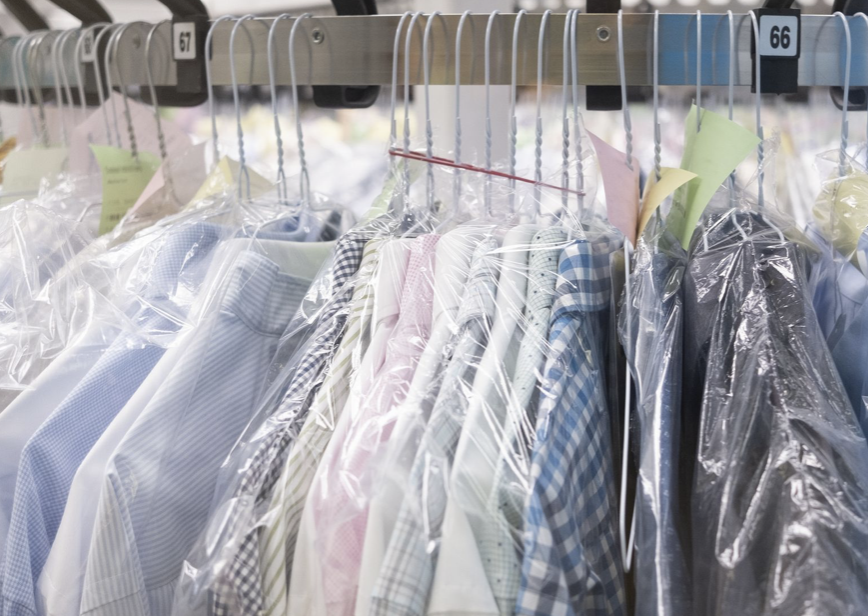Why Dry Cleaning Has Become Insanely Expensive
Dry cleaning your clothes is getting more and more expensive nationwide due to a plethora of compounding reasons.

At the risk of sounding like a broken record, inflation has weaved its way into deeply impacting every sector of commerce. It has caused day-to-day costs to skyrocket into the stratosphere. It has put extra pressure and stress on both businesses and consumers alike. And has honestly made living just that much more difficult. Inflation is unpleasant and its effects have been far-reaching. However, one type of business has been more severely affected than some others. Due to inflation, the prices for dry cleaning clothes have increased exponentially over the past couple of years.
Dry cleaning prices have risen approximately 10.1% since 2020. This is currently 1.5% higher than the current 8.6% inflation rate. And customers are certainly noticing the differences in cost. Holly Pavlika, a Jersey City, NJ resident, told the Wall Street Journal she recently had two dresses cleaned that cost her $51 when in the past it would have only cost her around $30. That is certainly a measurable increase. However, while a portion of the price increase is absolutely due to inflation, that is not the only factor impacting dry cleaning prices.
The dry cleaning industry began to suffer soon after the onset of the pandemic. Because of the sudden need to work remotely, people began ditching their suits for sweatpants. This served to negate the need for dry cleaning services. As a result, approximately 30% of all dry cleaning businesses nationwide have shuttered their doors since 2020. Then, enter inflation, and costs for everything increased. These businesses were already struggling to meet their fiscal obligations, and rising costs due to inflation only served to make that even more difficult. Thus, in order to stay afloat, dry cleaning businesses were left with no other recourse but to raise their prices. Mary Scalco, who runs the Dry Cleaning & Laundry Institute trade organization, highlighted exactly that. “Many of our members say that at some point if they didn’t raise prices, they would not increase prices right out of business,” said Scalco.
This impactful set of circumstances has left some dry cleaning business owners exceedingly concerned about the future of their companies. John Rothrock, who is the owner of family-run dry cleaning business Yale Cleaners in Tulsa, Oklahoma, outlined his concerns. Rothrock stated that he is still doing 20% less business than he had been pre-pandemic. This has taken a major toll on his profit margins, especially after factoring in the amount he is paying out to employees as well as the uptick in costs for supplies like starch, steam irons, and clothes hangers. The only way Rothrock could compensate for all the extra overhead was to increase his prices.
Owners of dry cleaning companies are clearly enduring some unique challenges. And even as society once again returns to the office in some capacity, it is unclear whether the need for dry cleaning businesses will be as great as they once were. This is especially true given that many offices are opting for more relaxed dress codes and/or hybrid working models. At this point, the fate of the dry cleaning industry as a whole remains uncertain. When the pandemic-induced dust finally settles is likely when the ultimate outcome will be realized.











